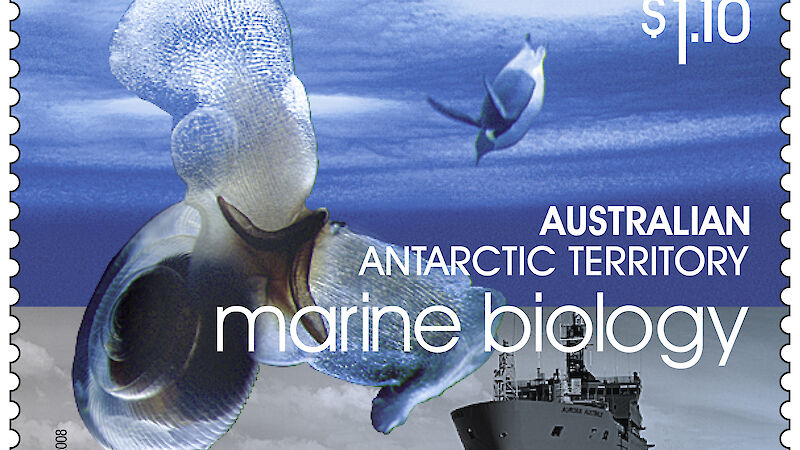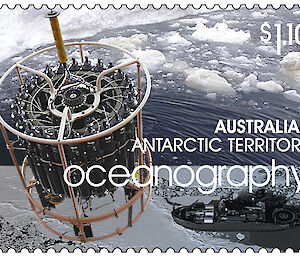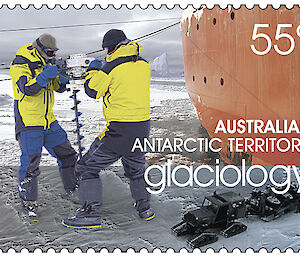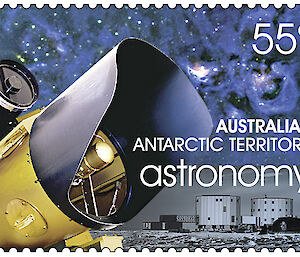International Geophysical Year (IGY) 1957–58
The International Geophysical Year (IGY) was held in 1957–58. It was proposed by the international scientific community as a comprehensive global study of geophysical phenomena and their relationships with solar activity.
The program aimed to make wide-spread, simultaneous and intensive observations of a range of geophysical phenomena. It used the latest instrumentation, rocket and satellite technologies.
IGY encompassed studies in an array of areas of scientific interest including meteorology, geophysics, glaciology, oceanography, and seismology. 12 nations participated in IGY with Antarctic programs.
By the time IGY commenced, 2 permanent continental stations were established at Mawson and Davis. This allowed scientists greater access to previously unexplored areas. Data collected in Antarctica during IGY provided a valuable source for scientific studies for many years after.
IGY proved to be a hugely successful scientific experiment. It demonstrated that many nations could work cooperatively in the Antarctic. This spirit of cooperation prompted proposals for the unique scheme to continued, leading to formation of the Antarctic Treaty in 1959.
Australia’s credibility in Antarctic matters gave it significant influence in the establishment of the Treaty. By the time the treaty wat ratified in 1961, Australia had become a leading nation in Antarctic science and exploration.
International Polar Year (IPY) 2007–09
The International Polar Year (IPY), grew from the pioneering and highly successful IGY.
An international program of coordinated, interdisciplinary scientific research was framed in a number of themes for IPY.
During IPY, five key Australian-led research projects made significant advances in scientific understanding in Antarctica and the Southern Ocean. Australia also contributed to many other international research projects.
IPY allowed the scientific community to investigate new frontiers. It deepened our knowledge and understanding of polar processes and their links to global processes, increasing our ability to detect environmental changes.
IPY provided an opportunity to collaborate with scientists from different nations and across disciplines, enabling research on a larger and more comprehensive scale than ever before.
IPY captured the imagination of the global community. It inspired and developed the next generation of Antarctic scientists, engineers and logistic experts.
Today, Australian scientists continue to play a major role in the development and management of international program initiatives.






